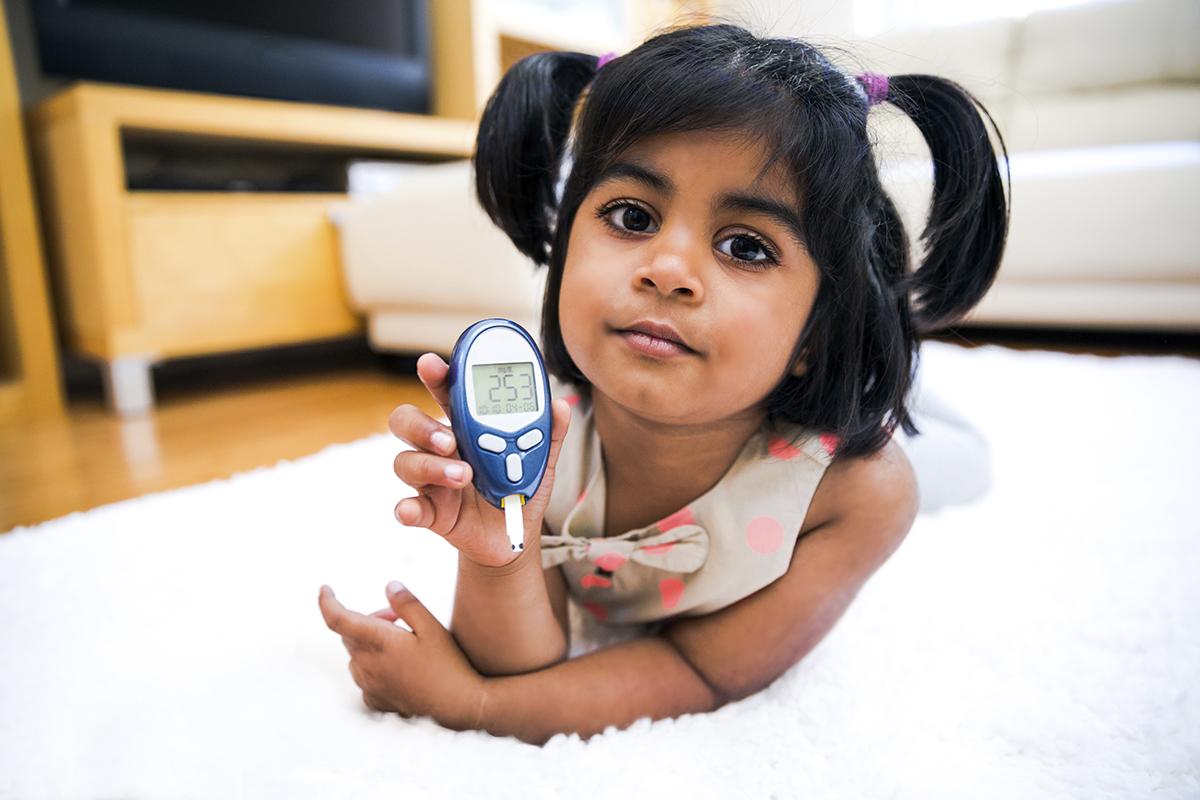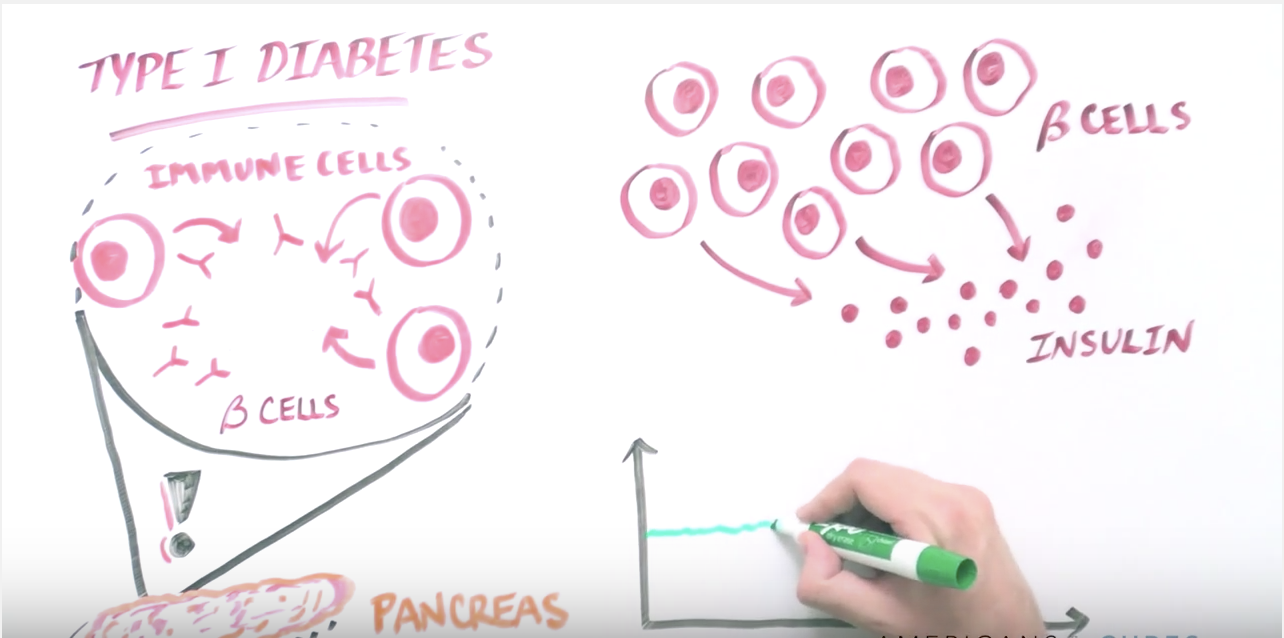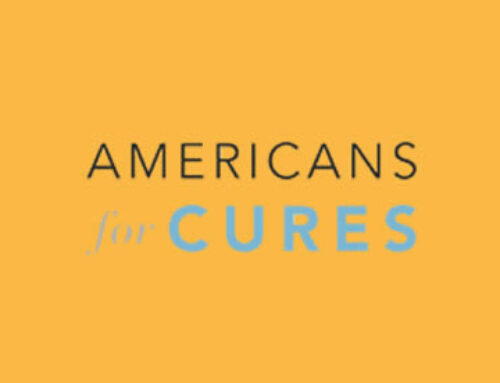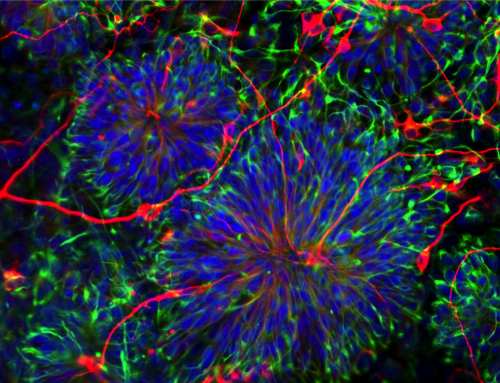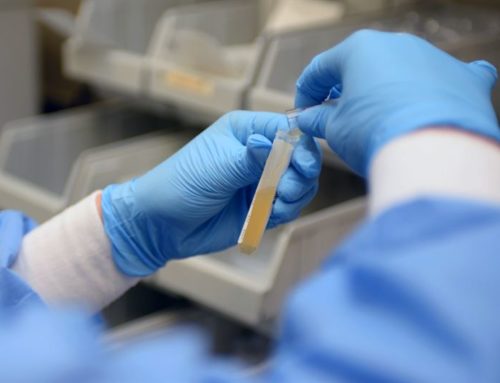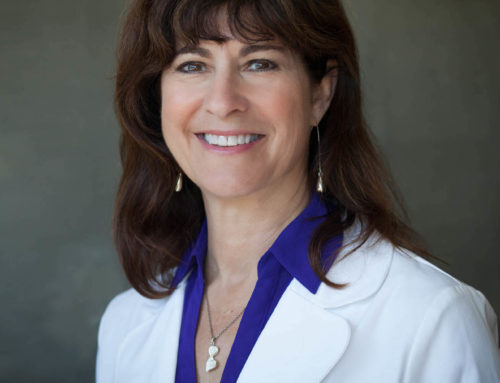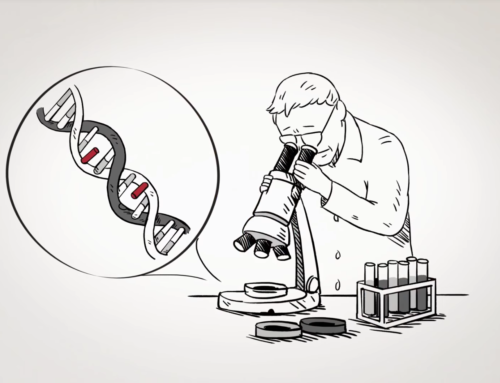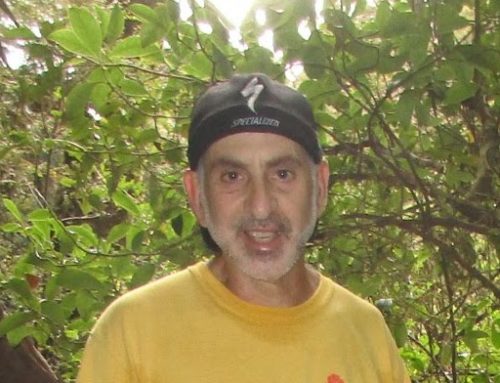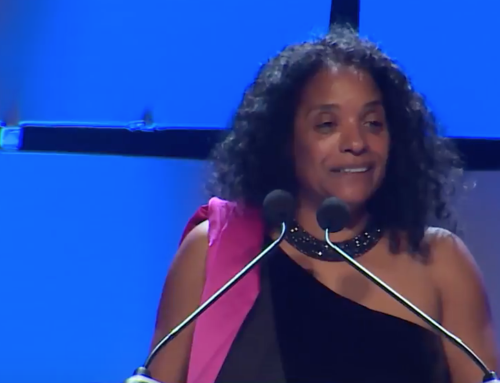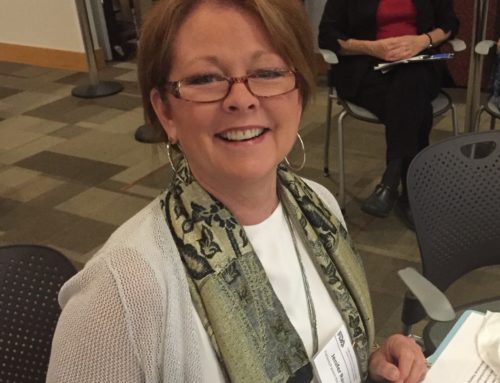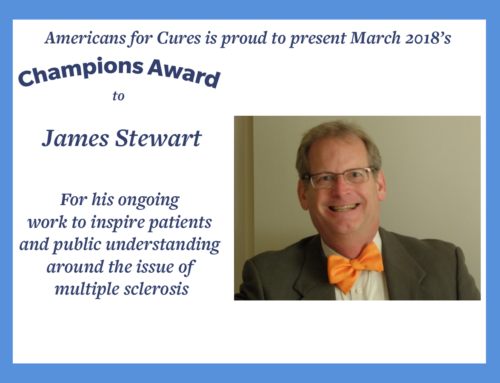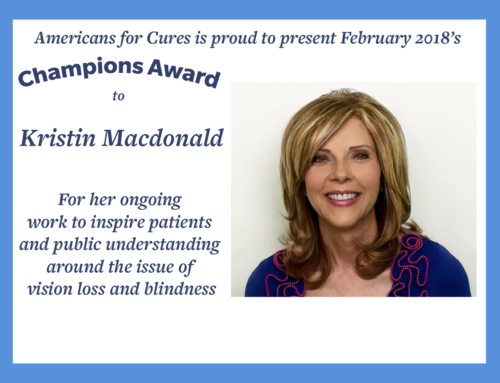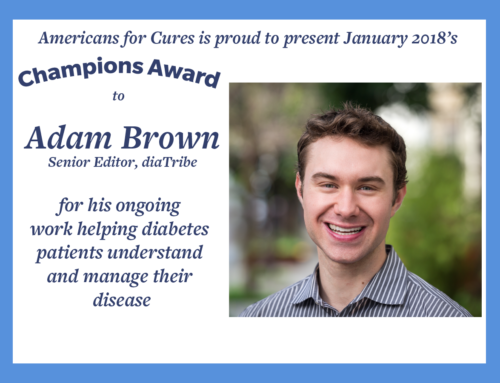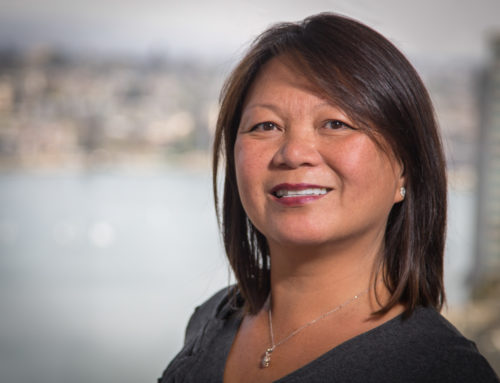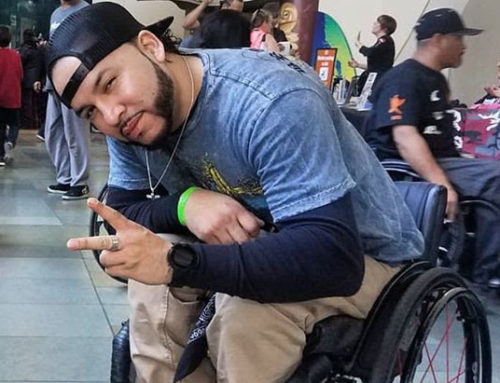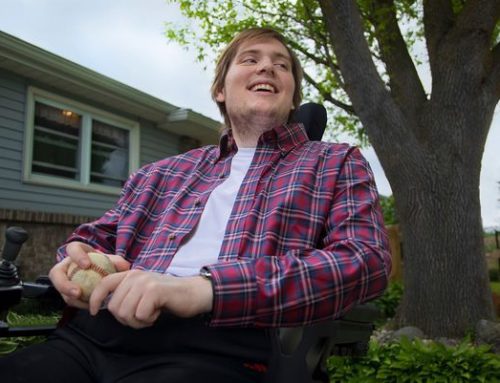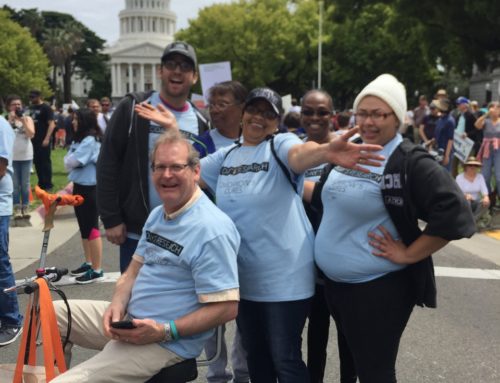Our Champions Award recipient for January, Adam Brown, was diagnosed with diabetes in 2001 at the age of 12. Following his diagnosis, he often got conflicting advice that did him more damage than good. Over the years, Adam has learned a lot about how to handle his condition. Now, as an editor and columnist for diaTribe, he’s written a book, Bright Spots & Landmines, to help other patients do the same.
Adam gave us his thoughts about the most important tools people need for handling a new diagnosis.
Tip 1. Eat less than 30 grams of carbohydrates at one time.
“Carbohydrates are the biggest driver of blood sugar spikes; reducing them takes out the biggest variable in my diabetes, keeps me much safer when dosing insulin, cuts my stress and worry, and lets me put diabetes in the background.
Tip 2. Check BG 2-3 hours after a meal (or wear CGM) to make course corrections and learn what foods work for you.
“Glucose monitoring is the best way to learn what works and to guide safer diabetes driving, especially after meals. It is the clear windshield on the front of my car; without it, I’m far less likely to stay on the road (in range).
Tip 3. Remember why an in-range blood sugar benefits you TODAY: better mood relationships energy to do things that make you happy.
“The WHY in diabetes is critical, and “avoid long-term complications” is not the best motivator. Complications are definitely scary, but they are also vague, far away, negative, and often not a compelling reason to make a different decision right now. In fact, I can rationalize my way out of making good decisions very easily: “Yes, that brownie looks good. What’s the harm in just one? I’ll get back on track tomorrow.” Finding positive TODAY reasons to take care of my diabetes and health makes a tremendous difference.
Tip 4. BG numbers are not “good” or “bad”; they are just information to make a decision.
“Feeling graded on every BG drives guilt, frustration, failure, and checking BG less often. Not every number has a simple cause and effect relationship, so I can’t blame myself when I’m out of range. Changing the context around each BG – useful information to make a decision – has helped me embrace the numbers as a positive, welcome partner.
And most importantly…
Tip 5. Use productive uplifting questions instead of deflating, negative, blaming questions.
“Asking productive questions is the gateway drug to doing better with diabetes. There is something new to learn about this disease every day, since life is constantly changing. Approaching diabetes with a voracious sense of curiosity works wonders for doing better: How can I learn from this? What can I do right now to improve? What can I change next time?”
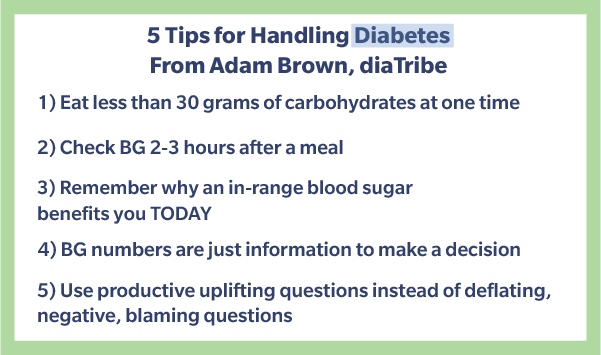
Diagnosed with diabetes at age 12, Adam Brown now is a Senior Editor at diaTribe and leads Diabetes Technology & Digital Health at Close Concerns. Adam writes and speaks extensively about diabetes and chronic disease, and is recognized as a leading expert in diabetes technology. Adam spends his free time outside in San Francisco drinking tea, hiking with his girlfriend Priscilla, and teaching his old dog new tricks. You can get his book, Bright Spots & Landmines, here.



